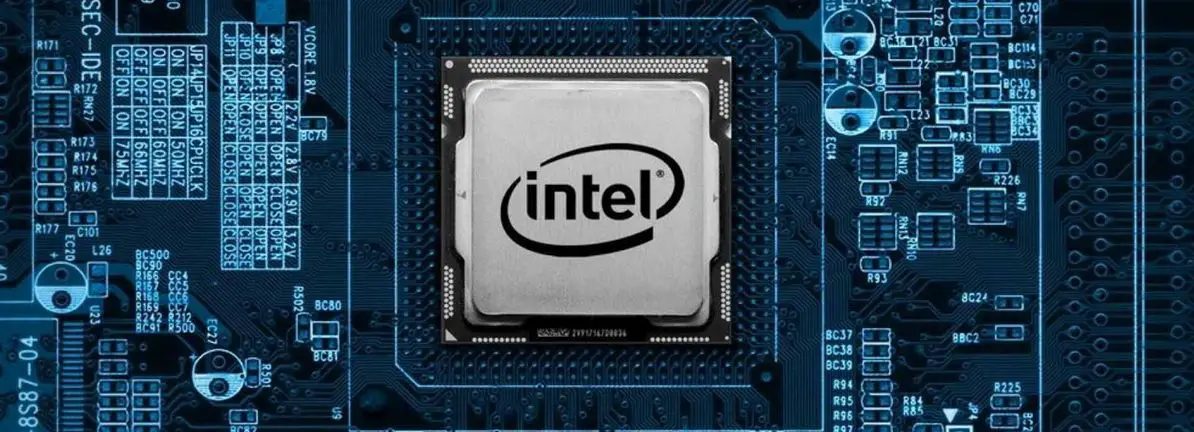To find a multi-bagger stock, what are the underlying trends we should look for in a business? Amongst other things, we’ll want to see two things; firstly, a growing return on capital employed (ROCE) and secondly, an expansion in the company’s amount of capital employed. Put simply, these types of businesses are compounding machines, meaning they are continually reinvesting their earnings at ever-higher rates of return. Although, when we looked at Intel (NASDAQ:INTC), it didn’t seem to tick all of these boxes.
Just to clarify if you’re unsure, ROCE is a metric for evaluating how much pre-tax income (in percentage terms) a company earns on the capital invested in its business. Analysts use this formula to calculate it for Intel:
Return on Capital Employed = Earnings Before Interest and Tax (EBIT) ÷ (Total Assets – Current Liabilities)
0.0029 = US$509m ÷ (US$206b – US$32b) (Based on the trailing twelve months to June 2024).
Therefore, Intel has an ROCE of 0.3%. Ultimately, that’s a low return and it under-performs the Semiconductor industry average of 9.0%.
See our latest analysis for Intel
In the above chart we have measured Intel’s prior ROCE against its prior performance, but the future is arguably more important. If you’d like, you can check out the forecasts from the analysts covering Intel for free.
On the surface, the trend of ROCE at Intel doesn’t inspire confidence. Around five years ago the returns on capital were 20%, but since then they’ve fallen to 0.3%. However it looks like Intel might be reinvesting for long term growth because while capital employed has increased, the company’s sales haven’t changed much in the last 12 months. It’s worth keeping an eye on the company’s earnings from here on to see if these investments do end up contributing to the bottom line.
To conclude, we’ve found that Intel is reinvesting in the business, but returns have been falling. And investors appear hesitant that the trends will pick up because the stock has fallen 56% in the last five years. Therefore based on the analysis done in this article, we don’t think Intel has the makings of a multi-bagger.
Intel does have some risks though, and we’ve spotted 3 warning signs for Intel that you might be interested in.
If you want to search for solid companies with great earnings, check out this free list of companies with good balance sheets and impressive returns on equity.
Have feedback on this article? Concerned about the content? Get in touch with us directly. Alternatively, email editorial-team (at) simplywallst.com.
This article by Simply Wall St is general in nature. We provide commentary based on historical data and analyst forecasts only using an unbiased methodology and our articles are not intended to be financial advice. It does not constitute a recommendation to buy or sell any stock, and does not take account of your objectives, or your financial situation. We aim to bring you long-term focused analysis driven by fundamental data. Note that our analysis may not factor in the latest price-sensitive company announcements or qualitative material. Simply Wall St has no position in any stocks mentioned.


Leave a Comment